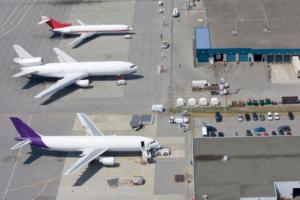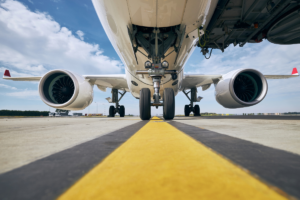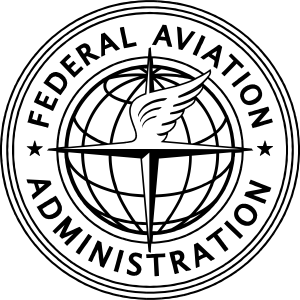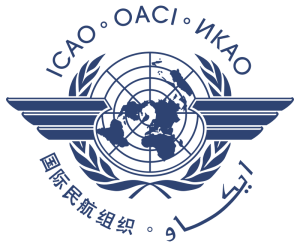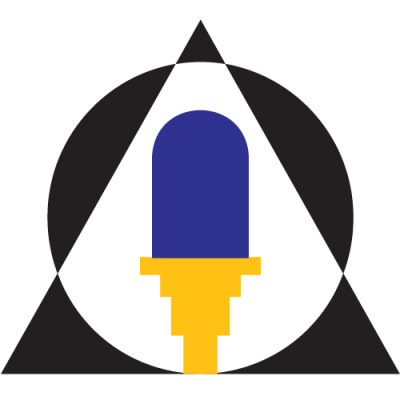Inset (or in-pavement) lighting on runways and taxiways is critical to an airport’s overall aircraft management strategy. Unlike elevated lights, inset lights are installed flush with the pavement. This placement minimizes damage due to the movement of aircraft and maintenance equipment, which are common hazards to elevated lights.
However, their placement is also why inset lights generally require more maintenance than elevated lights. These flat, ground-level light fixtures are subject to dirt, jet fuel, de-icing fluid, and other contaminants that can collect on the lens and deteriorate the light output on both runways and taxiways. Rubber deposits on the lens from being run over by aircraft and airport ground vehicles can also affect lighting performance.
Water intrusion into the fixture is another common problem with inset lighting, as it impacts the optical assembly and leads to unit failure.
Here is a sample of regular maintenance routines that should be carried out on inset lighting to ensure reliable operation.
Daily Maintenance
Daily, your maintenance team should inspect in-pavement lights for dimly burning and burned-out lamps at twilight, recording their location to schedule repair and track maintenance history.
Weekly Maintenance
Once per week, a field electrician should inspect and repair any defective lights recorded in the daily inspection reports. In most cases, the electrician will replace the inset light and return the defective unit to the maintenance shop for repair.
The shop technician will relamp, refurbish, or replace the fixture, depending on the issue that caused the failure. They will also remove standing water or condensation that may have collected behind the lens and thoroughly clean the unit.
All fixtures should be photometrically tested in the maintenance shop to ensure a refurbished fixture is performing to specifications before being approved for reinstallation in the runway or taxiway. If the light output of the fixture tests less than 50 percent of the standard (or 50% of the design value), it is considered unsafe to use, especially in low visibility conditions. Further inspection is warranted in this event. Photometric testing also detects if the light is misaligned, which can occur after air and ground vehicles run over it.
Monthly Maintenance
At many airports, cleaning and photometric testing of in-pavement lights is carried out on a monthly basis. However, depending on traffic density, local pollution level, and equipment maintenance history, some operations may opt to perform these tasks weekly.
Lens Cleaning
Inset lights need to be cleaned frequently due to their position at ground level, which exposes them to rubber deposits and de-icing fluids that can negatively affect their ability to output an optimal amount of light.
It’s recommended that the lights be cleaned at least monthly or when any lamp fails photometric testing.
Several techniques can be used to clean the exterior glassware of inset lights. Some methods are done after installation using special equipment suited to large-scale operations, while others are better suited to bench cleaning in the shop. Commercially available cleaning detergents are often used to clean the lens, but solvents or polishing compounds can also be effective if they’re compatible with the lens sealing material. The unit’s manual will provide guidance on which cleaning solutions to use or avoid.
Abrasive pads such as sandpaper or emery cloth should not be used to wipe or polish the lens because they may scratch the glass.
Photometric Testing
Regular photometric measurements are an efficient way of determining if your runway and taxiway lights are emitting the specified amount of light. This technique also helps determine light misalignment issues in the field.
Airports with CAT II and CAT III runways with low-visibility operations might consider increasing photometric testing frequencies on runway centreline lights that are susceptible to accumulating rubber deposits on the lens.
Bi-Monthly
Inspect the torque of the bolts attaching the light to its base every two months. The impact of aircraft wheels can loosen mounting bolts and cause misalignment or fixture damage. This situation can be hazardous, especially in the touchdown zone.
Semi-Annually
Water often collects in the fixture’s base from the miles of conduit that leak and slowly fill the system with water. Check the base installations for the presence of water twice per year and ensure that any water is removed. Reseal the base to keep water from collecting in the future.
This check should be conducted more often in areas with extreme winter temperatures because freezing water can shear the fixture hold-down bolts or rupture the base, causing damage to the fixture.
Snowfall Maintenance
Unscheduled maintenance will also be necessary after a snowfall. Be sure to remove snow from around the lighting fixtures as soon as possible after a snowfall to prevent obscuring the light fixtures. Be sure snowplows travel less than 6 miles per hour or lift the blades when passing over in-pavement light fixtures. Rubber or plastic snowplow blades or rotary brooms are recommended for clearing snow from in-pavement lights.
After snow removal operations, inspect all lighting fixtures and replace any damaged light assemblies.
If you have any questions about maintaining or repairing your inset or elevated runway and taxiway lights, get in touch with our technicians today. We’re here to help you get the most out of your airport lights!
Read More: About Us
Call Airport Lighting Company For The Latest In Airport Lighting Technology
The Airport Lighting Company team is standing by to answer your questions about how our tech-based products can help improve the safety, reliability, and efficiency of your runways. Call 315-682-6460 for fast, friendly service you can count on.
